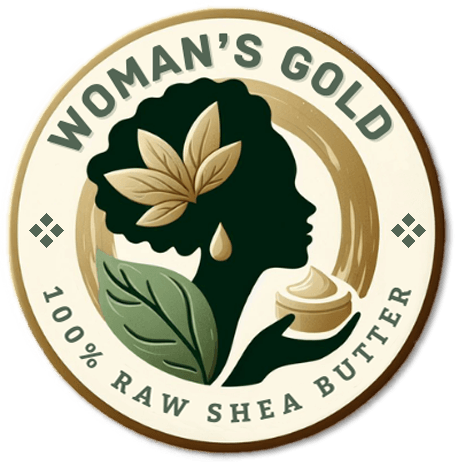
Shea butter isn’t just a trendy ingredient in the world of natural skincare. It has a storied legacy that is as rich as its creamy texture. Harvested from the nuts of the African shea tree, this powerhouse emollient has been employed for centuries across different cultures, prized for its soothing and restorative abilities.
Understanding shea butter requires a look back in time. Historically, African healers have wielded shea butter as a critical remedy for a range of skin ailments, showcasing its revered place in traditional medicine. The wisdom of these healers has persisted through the ages, and it’s not without reason. Inside this humble nut lies a treasure trove of nutrients – vitamins A, E, and F, along with essential fatty acids and other key compounds that classify it as a skin savior.
Science doesn’t lag in backing up what traditional healers have long known. Clinical research has validated shea butter’s anti-inflammatory and healing properties, attributing its prowess to a rich composition that closely resembles the lipid content of human skin. This similarity is what allows shea butter to not only support the skin’s natural repair mechanisms but also fortify its barrier function, leading to enhanced resilience and an overall healthier appearance.
Keep in mind that while all shea butter has the ability to cure skin, its full potential is frequently only accessible in its unprocessed form. This is especially true when we discuss the benefits of raw, organic shea butter in the section that follows.
Raw Organic Shea Butter
Nature’s Formula for Enhanced Skin Healing
Have you ever wondered what sets raw organic shea butter apart from its processed counterparts? Imagine holding a jar of shea butter that’s closest to what nature intended. Its purity is incomparable, and so are its benefits, particularly when it comes to healing your skin. This is the essence of raw organic shea butter.
When shea butter undergoes refining, it’s stripped of its natural vitamins and healing agents. Raw organic shea butter, on the other hand, retains all its nourishing goodness, delivering a powerful cocktail of vitamins A, E, and F directly to your skin. Let me explain why the purity of raw shea butter matters so much.
One of the key factors in skin healing is the quality of fatty acids within the shea butter. Raw organic shea butter boasts a higher content of these, including stearic and oleic acids. This high concentration plays a vital role in rejuvenating skin cells and combating inflammation – a common culprit behind various skin woes.
Scientific studies underline the difference. Research indicates raw organic shea butter contains more active compounds, namely cinnamic acid, which has anti-inflammatory and antimicrobial properties. It’s these compounds that contribute to faster and more effective skin repair.
Indeed, the allure of raw shea butter goes beyond its components; people who have integrated this treasure into their skin care routine often report a noticeable improvement in skin texture and elasticity. Imagine scars softening over time and persistent dry patches finally finding relief.
While the anecdotal evidence is compelling, it is validated by scientific research that confirms the superiority of raw shea butter for skin health. These studies echo the sentiment: for skin that needs healing, raw shea butter is a potent ally.
Incorporating Shea Butter Into Your Skin Care Routine for Optimal Healing
When it comes to integrating shea butter into your daily skin care, quality is paramount. Be sure to look for unrefined, raw shea butter; this kind preserves the most healing properties. It should have a creamy color and a naturally nutty aroma. Avoid white or overly processed versions, as these might have lost much of their natural goodness.
Using shea butter can be straightforward and highly beneficial. Simple is best: just a small amount warmed between your palms is enough to cover the face and problem areas. Regular use can help with dry skin, eczema, stretch marks, and even minor burns. It’s gentle enough for most people, but I recommend patch testing first to ensure compatibility with your skin.
Do-it-yourself enthusiasts will love making their own healing salves with shea butter. You can easily customize your concoctions by adding essential oils for added benefits or scents. Not only is this a cost-effective approach, but it also allows you to control exactly what goes on your skin.
Remember to store shea butter in a cool, dry place to maintain its healing properties. And if you have nut allergies, consult with your doctor before using, as shea butter is derived from the nuts of the shea tree.
In embracing shea butter’s gifts, you’re choosing a time-honored and effective path to skin health. With consistent use, you may see noticeable improvements in your skin’s texture, appearance, and resilience. As with any natural remedy, give it time to work and be patient—the benefits are well worth it.
